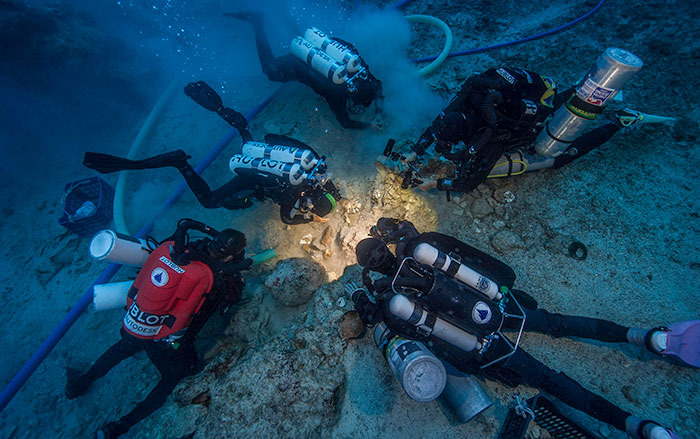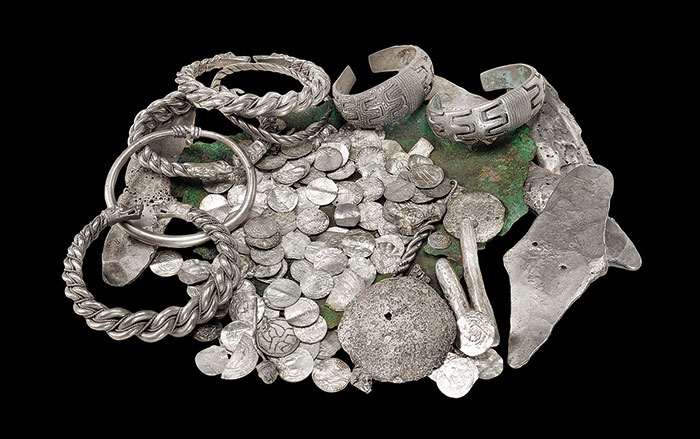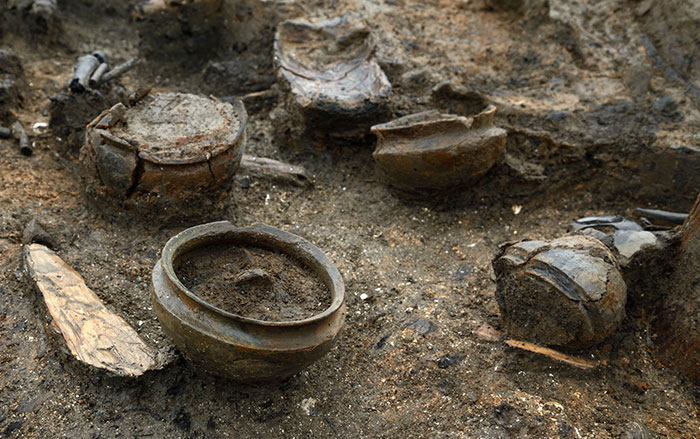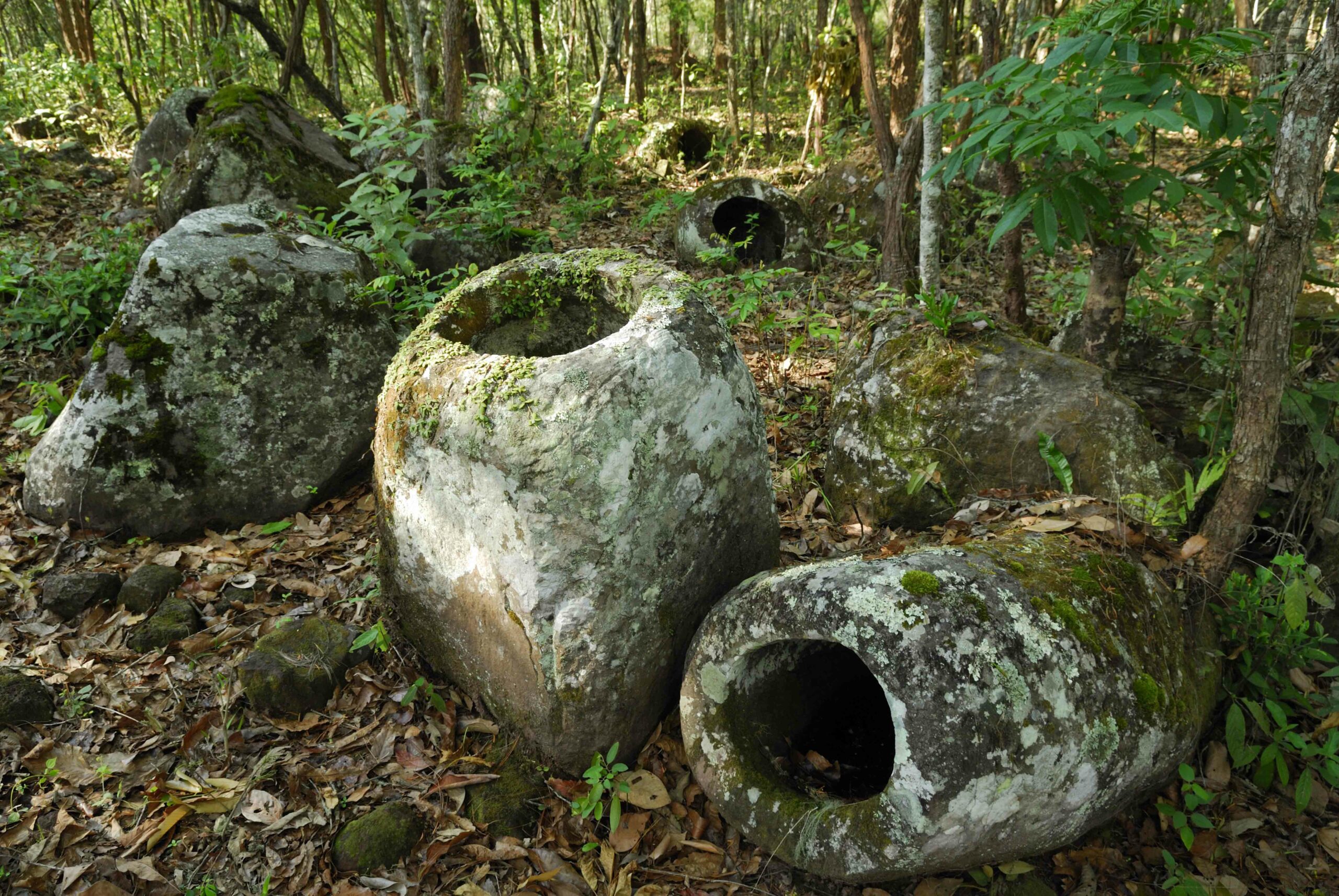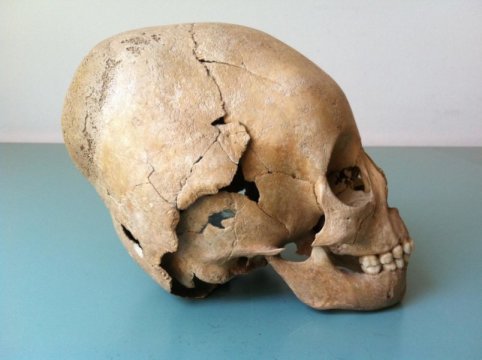
CAMBRIDGE, UNIVERSITY—The Washington Post reports that Susanne Hakenbeck of the University of Cambridge analyzed the bones and teeth of some 200 people, buried in five different cemeteries in the Roman frontier region of Pannonia, in order to find out where they had been born and what sort of lifestyle they had led. Her team then compared the results of those fifth-century A.D. populations to populations from central Germany, where farmers are known to have lived, and to nomadic populations in Siberia and Mongolia. In each of the Pannonia cemeteries in the study, some of the people had been farmers, who ate a diet based on grains and other plants, while others were nomads, who ate a distinctive diet of meat, milk, and millet. Some of the nomads settled down later in life, and other settled farmers became nomadic. Hakenbeck suggests the changes in the people’s lives indicate that elite Roman accounts of the invasion of the nomadic Huns were inaccurate. “It wasn’t necessarily just a story of conflict, but more a story of cross-border exchanges, cross-border adaptability,” she said. Farmers living on the edge of the empire may have even the adopted the Huns’ practice of binding and shaping infants’ heads. To read more about Pannonia, go to “Off the Grid: Carnuntum.”








